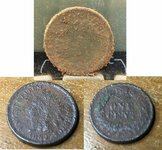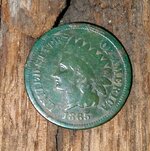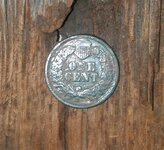hoser
Forum Supporter
Ok I have found quite a few Indian Head Pennies and just about all but a hand full were this very cool looking green color. Ranging from a darker forest green to a lighter teal green. I have also found a ton of wheat pennies that might have a hint of a green color on them but nothing like the IHP. I know the metal makeup is bronze copper as the early wheats were to a point. Just curious as to why the IHP are soooo cool in color. Just like todays zincolns are .....ugh.... well you know.










